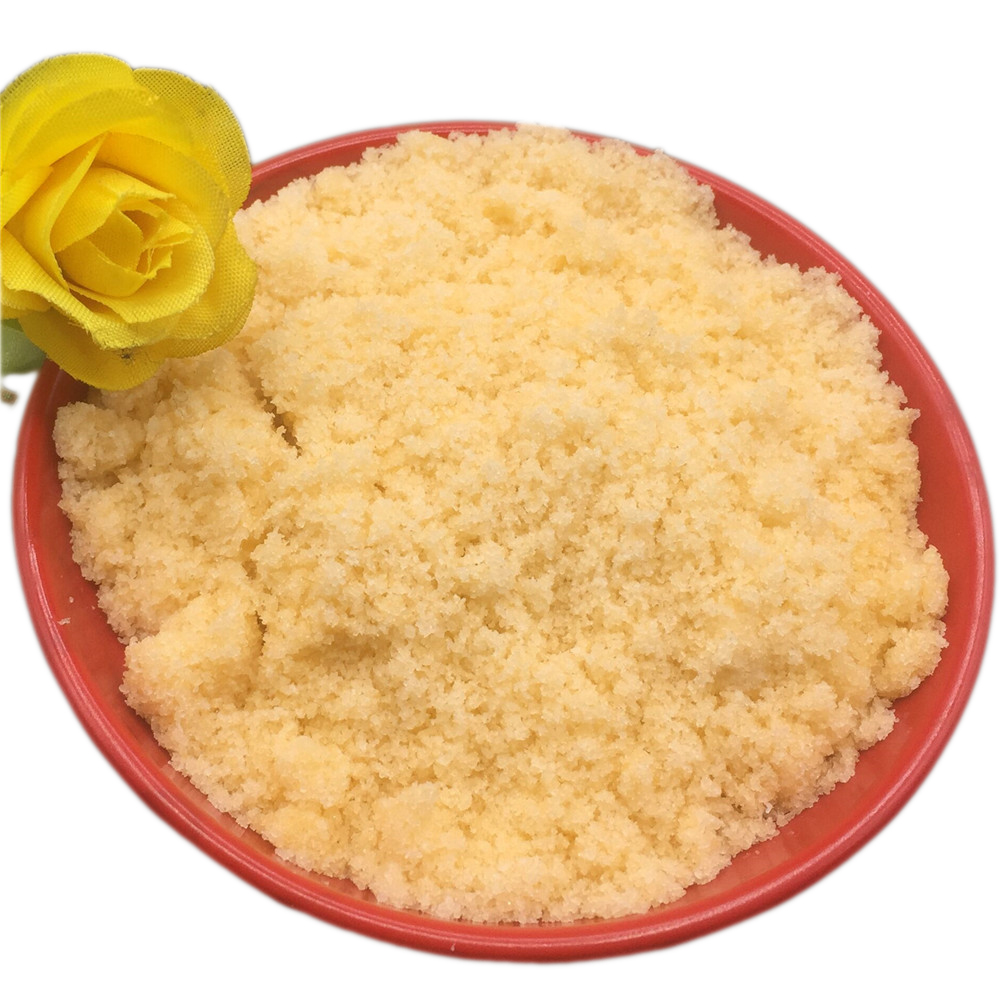
Oct . 11, 2024 07:59 Back to list
npk fertilizer 16-16-16
Understanding NPK 16-16-16 Fertilizer Composition, Benefits, and Application
Fertilizers play a vital role in modern agriculture, providing crucial nutrients to enhance crop yield and soil health. Among the various types of fertilizers available, NPK fertilizers are among the most commonly used. NPK stands for Nitrogen (N), Phosphorus (P), and Potassium (K), which are three essential macronutrients that plants need for growth. One widely recognized formulation of NPK fertilizer is 16-16-16, which contains an equal proportion of these three nutrients at a concentration of 16%. This article delves into the characteristics, benefits, and applications of NPK 16-16-16 fertilizer.
Composition of NPK 16-16-16 Fertilizer
NPK 16-16-16 fertilizer contains an equal percentage (16%) of nitrogen, phosphorus, and potassium, making it a balanced fertilizer suited for a range of applications. Here’s a breakdown of the three key nutrients
1. Nitrogen (N) Nitrogen is vital for vegetative growth, as it is a key component of amino acids, proteins, and chlorophyll. It encourages lush, green foliage and affects plant growth rate and overall health.
2. Phosphorus (P) Phosphorus is essential for root development, flower formation, and energy transfer within the plant. It plays a critical role during the early stages of development and supports overall fruit and flower production.
3. Potassium (K) Potassium contributes to various physiological functions in plants, such as drought resistance, disease tolerance, and water regulation. It helps in the synthesis of proteins and carbohydrates, improving the overall hardiness of the plant.
The balanced nature of NPK 16-16-16 makes it suitable for a wide variety of crops, including vegetables, fruits, and ornamentals.
Benefits of NPK 16-16-16 Fertilizer
Using NPK 16-16-16 fertilizer can yield several benefits
1. Uniform Nutrient Distribution The equal ratio of nutrients means that it can supply a well-rounded nutritional profile, addressing deficiencies in all three major elements simultaneously.
2. Versatility This formulation is suitable for a broad spectrum of crops, making it an excellent choice for farmers looking to fertilize different plants with a single product.
npk fertilizer 16-16-16

3. Improved Plant Health The comprehensive nutrient supply enhances plant growth, leading to more vigorous crops and potentially increased yields.
4. Enhanced Soil Fertility Regular application of NPK fertilizers can improve soil structure and fertility over time, supporting sustainable agricultural practices.
How to Apply NPK 16-16-16 Fertilizer
To maximize the benefits of NPK 16-16-16 fertilizer, proper application methods must be followed
1. Soil Testing Before applying any fertilizer, it is essential to conduct a soil test. This will help determine the existing nutrient levels and inform the appropriate quantity needed.
2. Rate of Application The recommended application rate can vary based on the crop type, growth stage, and soil condition. Typically, a medium application of 300 to 600 pounds per acre is common, but it is crucial to follow guidelines specific to the crop.
3. Application Timing Apply NPK 16-16-16 during the growing season, ideally at planting or when crops begin to establish their roots. Split applications may also be beneficial for certain crops, especially for high-demand ones.
4. Incorporation For best results, incorporate the fertilizer into the soil to ensure it reaches the root zone effectively.
5. Watering After application, adequately water the area to help dissolve the nutrients, making them available to plants.
Conclusion
NPK 16-16-16 fertilizer stands out due to its balanced nutrient profile and versatility, making it an invaluable tool for gardeners and farmers alike. By understanding its composition, benefits, and proper application methods, growers can enhance soil fertility and ensure robust plant growth, ultimately leading to better crop yields. Whether for home gardening or large-scale agriculture, NPK 16-16-16 remains a reliable choice for nurturing healthy plants.
-
10 10 10 Fertilizer Organic—Balanced NPK for All Plants
NewsJul.30,2025
-
Premium 10 10 10 Fertilizer Organic for Balanced Plant Growth
NewsJul.29,2025
-
Premium 10 10 10 Fertilizer Organic for Balanced Plant Growth
NewsJul.29,2025
-
Premium 10 10 10 Fertilizer Organic for Balanced Plant Growth
NewsJul.29,2025
-
50 Pound Bags of 13-13-13 Fertilizer for All Plants – Bulk & Organic Options
NewsJul.28,2025
-
High-Efficiency 15-30-15 Granular Fertilizer for Healthy Crops
NewsJul.28,2025
